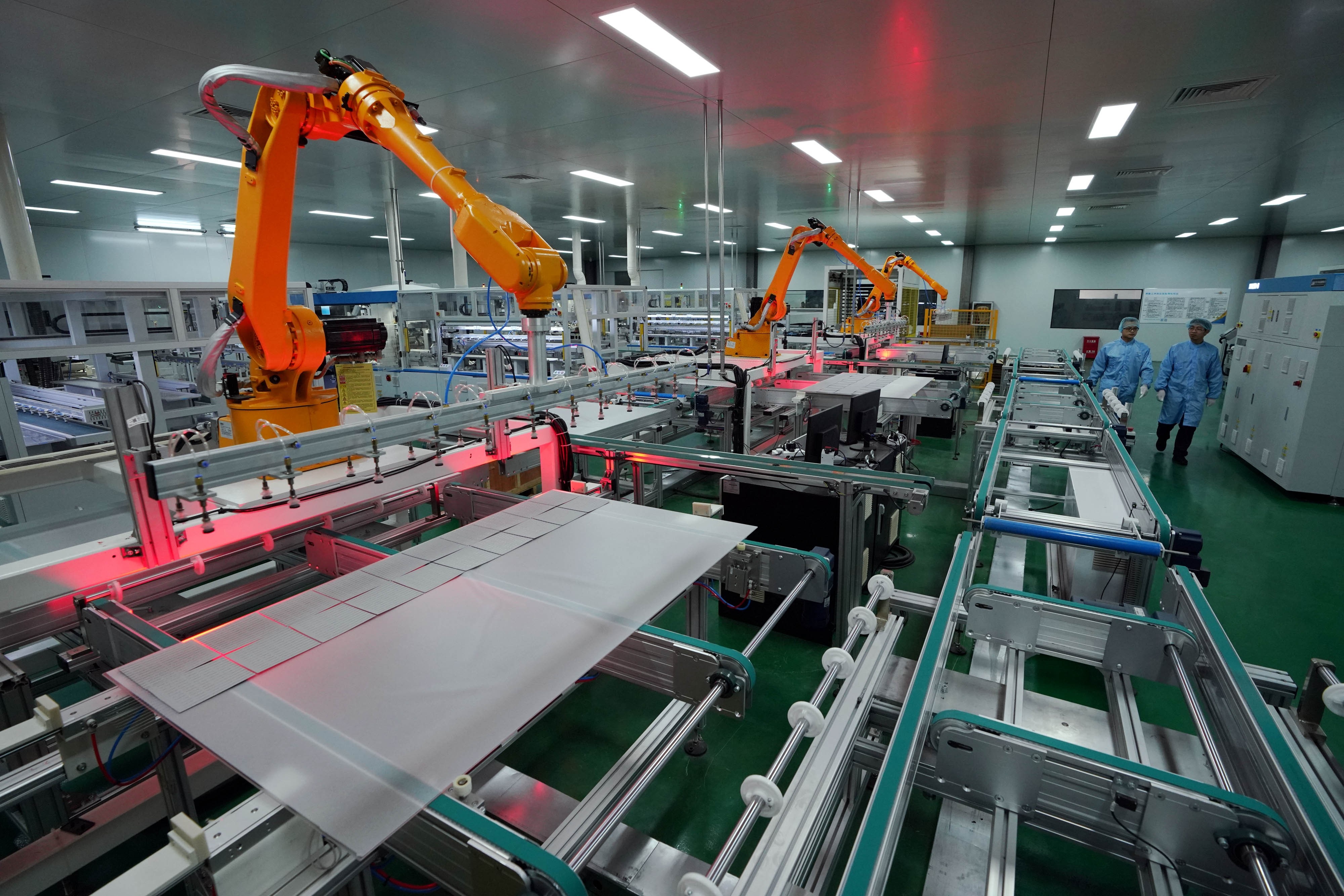Measures to reduce corporate burdens will give boost to China's real economy
- By He Shuquan
 0 Comment(s)
0 Comment(s) Print
Print E-mail China.org.cn, March 27, 2019
E-mail China.org.cn, March 27, 2019

While delivering the government work report at the second session of the 13th National People's Congress in Beijing early this month, Chinese Premier Li Keqiang announced that the government will reduce the tax burden and social insurance contributions of enterprises by nearly 2 trillion yuan (about US$298.3 billion) in 2019. Such broad-reaching reforms will significantly promote confidence in the real economy, and fuel the growth of small and micro businesses.
A large number of measures to cut the value-added tax (VAT) rates were taken at the State Council's executive meeting which was presided over by Premier Li Keqiang on March 20. All these measures reflect the Chinese government's determination to boost its real economy by reducing the burdens faced by corporates.
China has been reforming its taxation system for years. China's Corporate Income Tax (CIT) rate stands at 25 percent since 2008, which creates a heavy burden on enterprises and has kept some investors away. To attract investment and collect taxes and fees from enterprises more efficiently, China started replacing the business tax with the VAT across the country in 2016, after first conducting trial reforms in Shanghai and several provinces since 2012. The VAT reform starting in May 2018 has greatly benefited businesses across China as capital costs fell when the VAT rate was reduced. The further reform on the VAT also aims to encourage corporates to make larger investments in areas such as technology, innovation and R&D.
During the past four decades since its reform and opening-up to the world, the Chinese economy has been experiencing significant changes. In 2009, China overtook Japan as the second largest economy after the U.S. in terms of nominal GDP. However, the "quality" of its economic development still lags far behind the "quantity" of its development, and as a result, China has been facing an economic "new normal" characterized by lower economic growth rates since 2010. Meanwhile, contributions and social surcharges such as educational surcharge and welfare surcharge have become another source of corporate burden for enterprises, thereby stunting their growth. This is exacerbated by the fact that the world economy has been slowing down in recent years, causing some countries to cut their corporate tax to bring manufacturing back to their shores. Facing such complications at home and abroad, China has promised to reduce corporate burdens by a record-breaking amount to stabilize growth and benefit a wider range of businesses.
The tax and fees reduction measures in 2019 are the following:
· Deepening the value-added tax (VAT) reform, reducing the current VAT rate of 16 percent in manufacturing and other industries to 13 percent, and lowering the rate in transportation, construction and other industries from 10 to 9 percent.
· Significantly reducing enterprises' contributions to social insurance schemes. The share borne by employers for urban workers' basic pension will be lowered, and in various provinces, such contributions may be cut down to 16 percent.
· Putting employment as a key priority in 2019 to stabilize employment and provide the economy with sufficient workers. Efforts will also be made to help corporations lower their operational costs in terms of searching, recruiting and training their workforce.
· Restructuring and improving the financial system, and developing private and community banks to better serve the real economy.
The first two measures are aimed at directly cutting taxes and fees to help enterprises spur their growth. However, these taxes and fees are not the only burdens businesses face. High financing costs and financing difficulties are also big obstacles to corporate development. It is not easy to lower financing costs as it is not simply an issue of cutting "rates." In this regard, the second and fourth reform measures will bring more profound benefits to enterprises. Lowering financing costs, together with tax and fee reductions will give a leg-up to businesses, which in turn will boost the Chinese economy along its trajectory of higher quality development.
The policies, targeted at relieving corporates from their burdens, deal with the problems encountered in the development of a private economy, and will give full play to the role of tax reduction in supporting companies in their development. Moreover, they will allow private enterprises to have a real sense of "reductions" in taxes and boost their confidence in innovation and development.
The VAT cuts will take effect on April 1, and the burdens businesses face are expected to be reduced gradually. This will not only boost the confidence of small and micro enterprises, but also drive supply-side structural reform and help the market economy thrive, which ultimately will lead to a win-win situation for business operations, fiscal revenue and mass employment.
He Shuquan is a professor at School of Economics, Shanghai University.
Opinion articles reflect the views of their authors only, not necessarily those of China.org.cn.
If you would like to contribute and have specific expertise, please contact us at opinion@china.org.cn.






Go to Forum >>0 Comment(s)